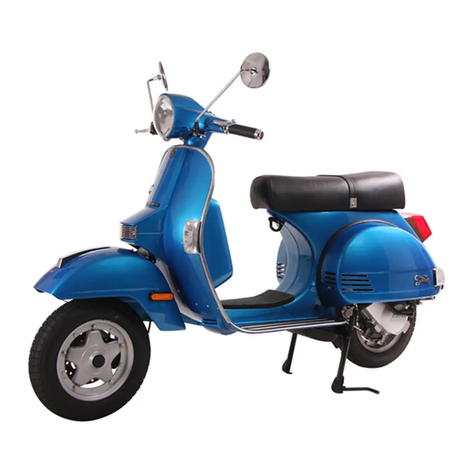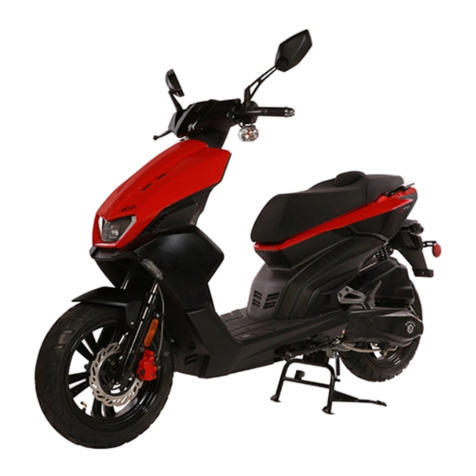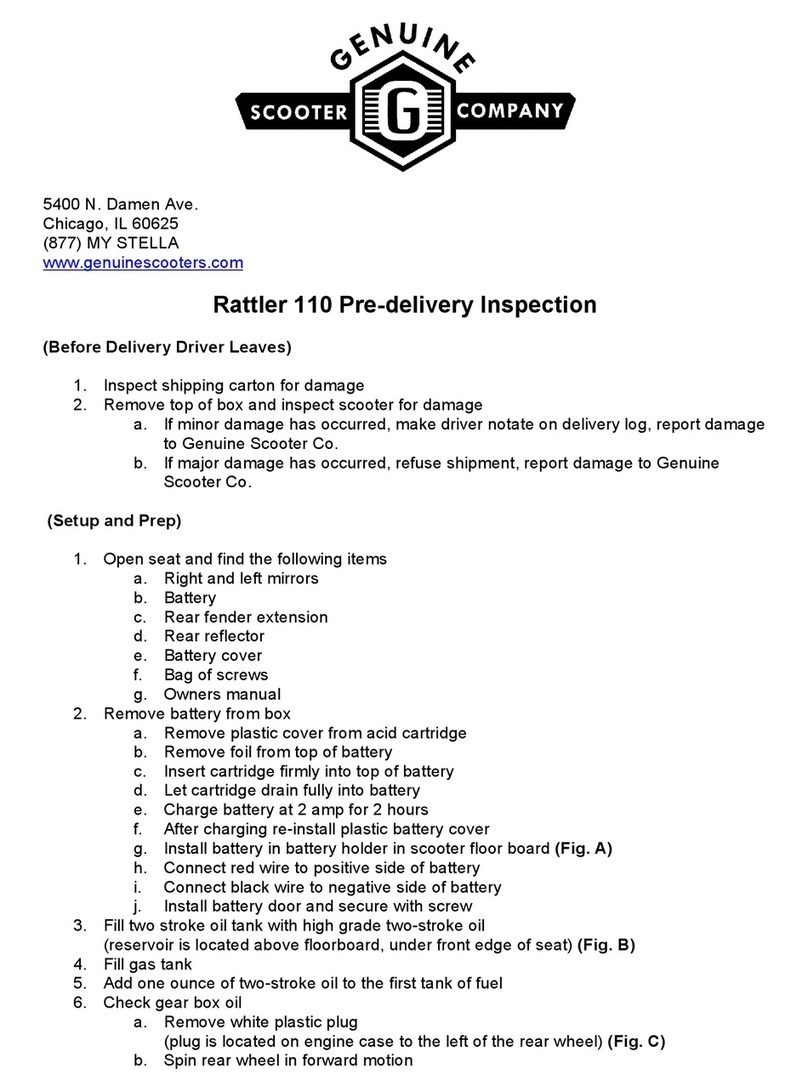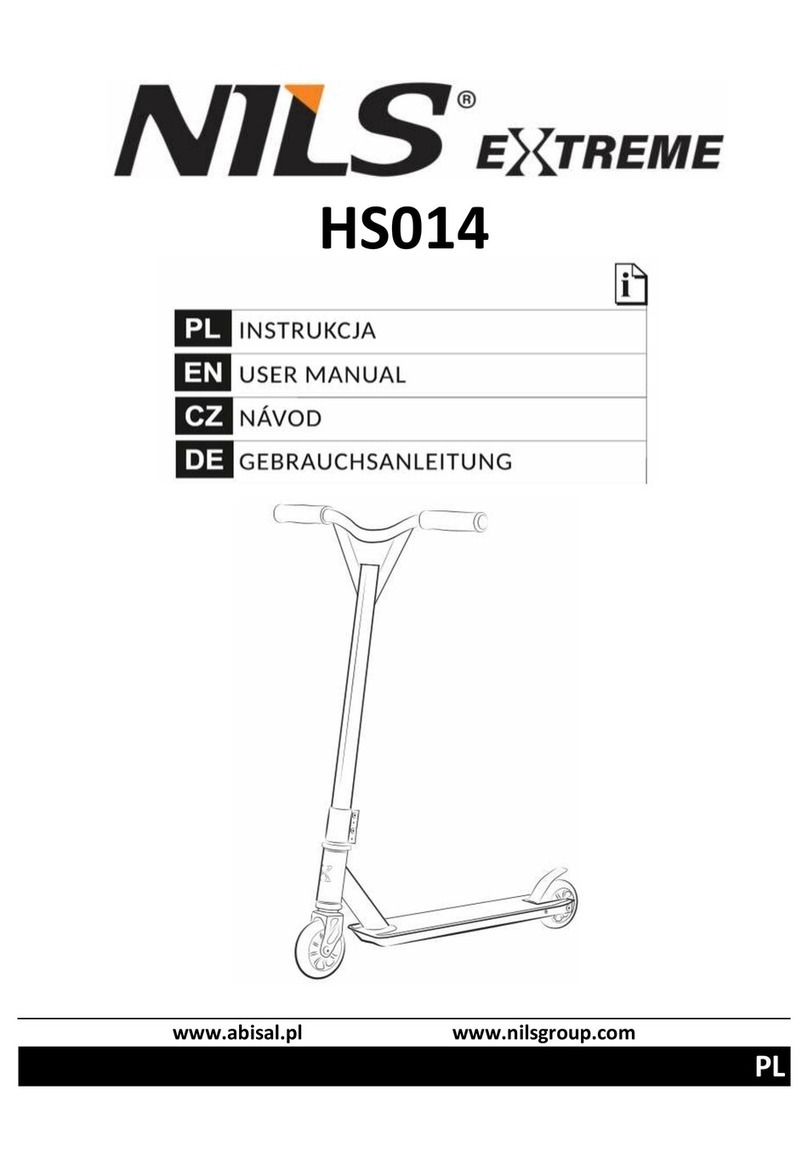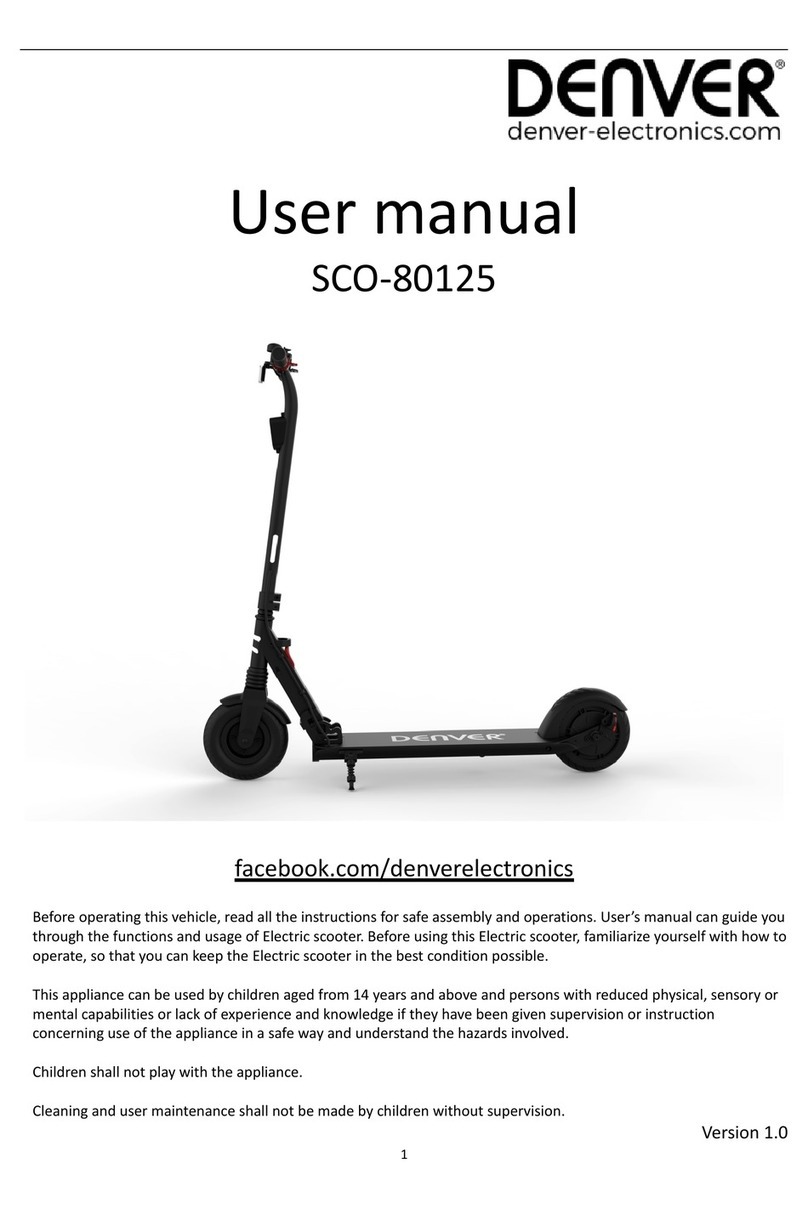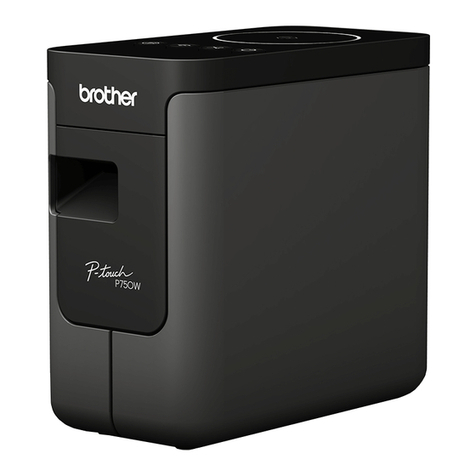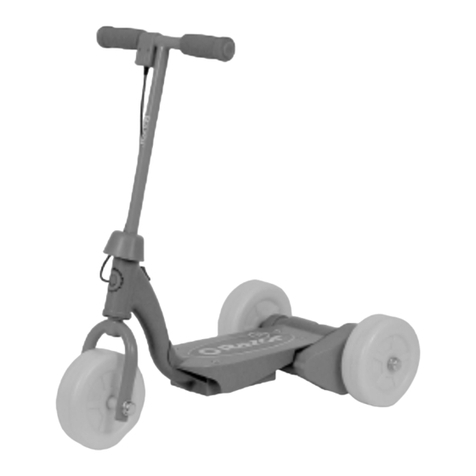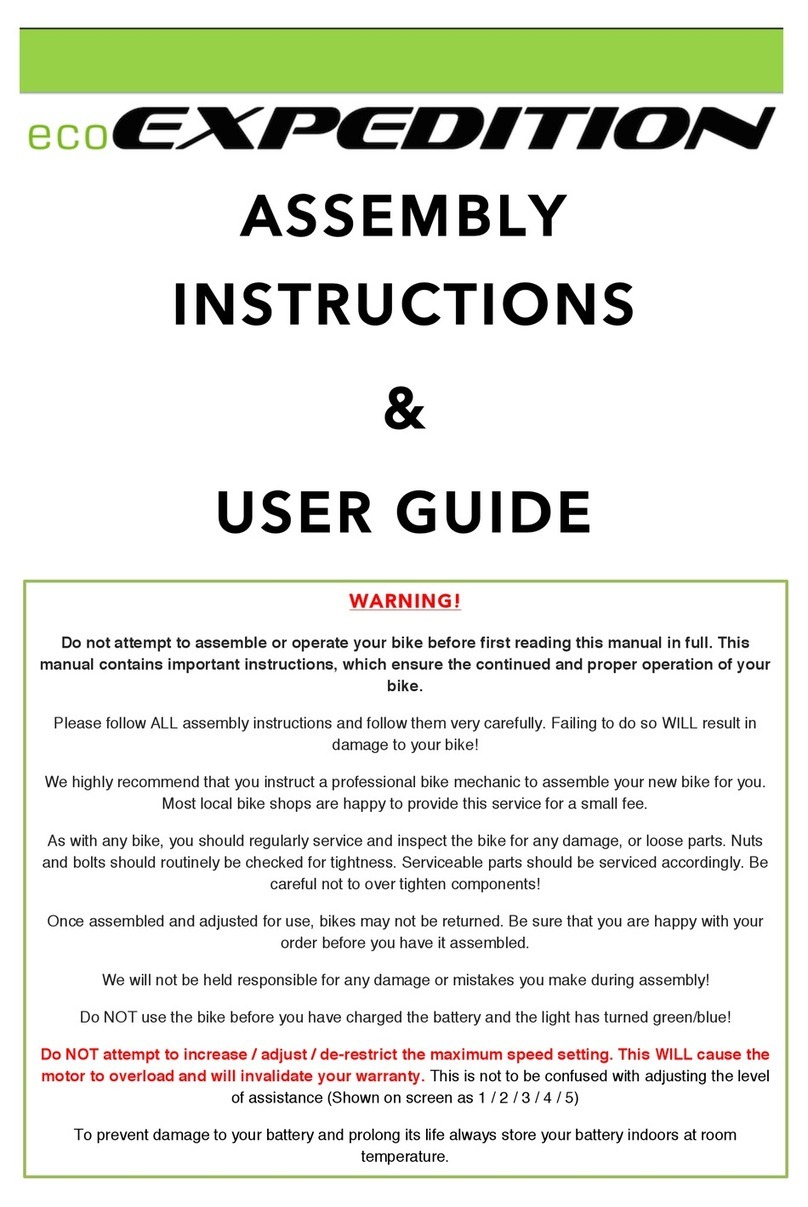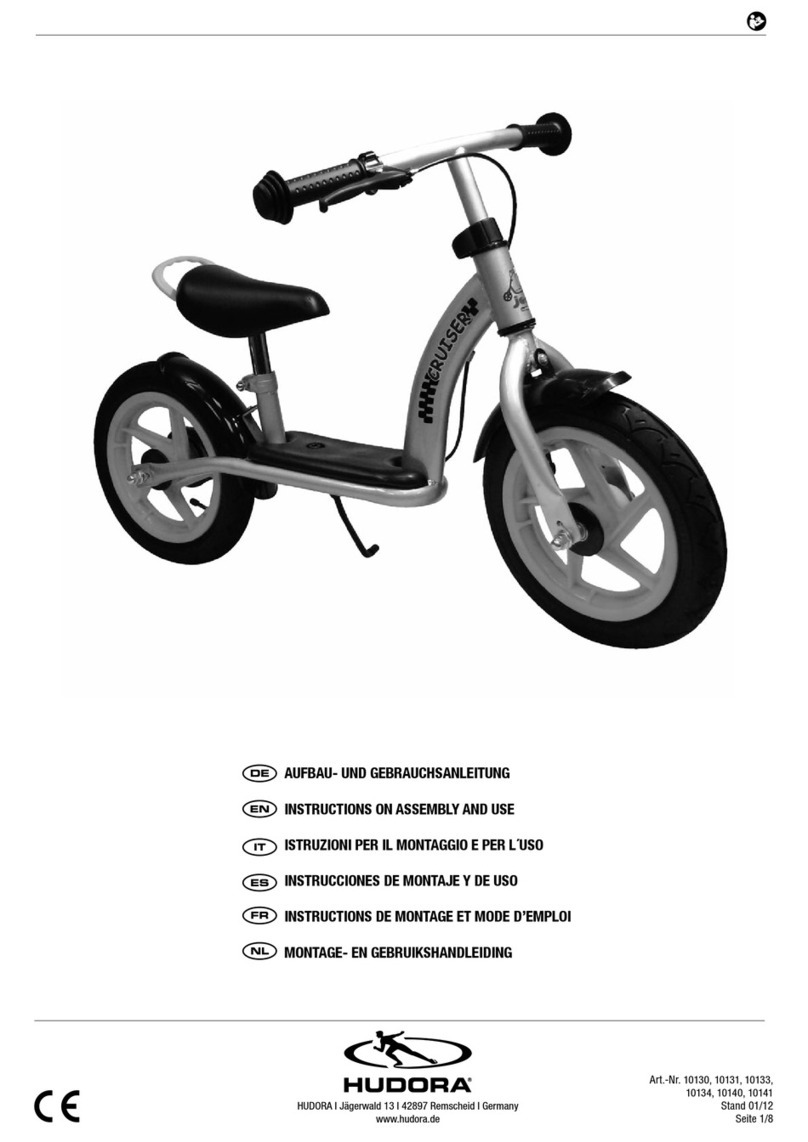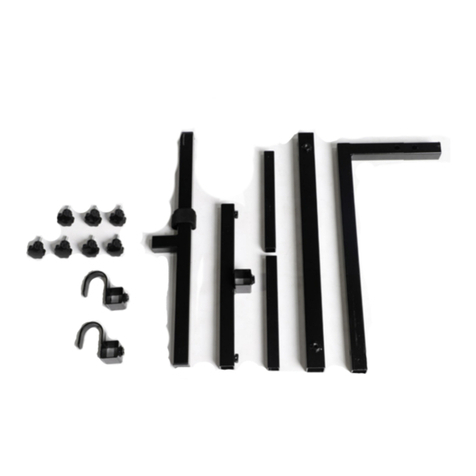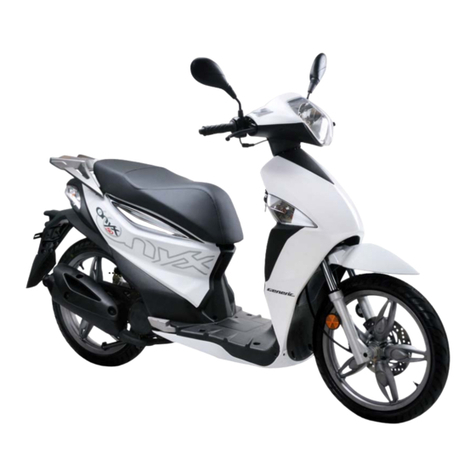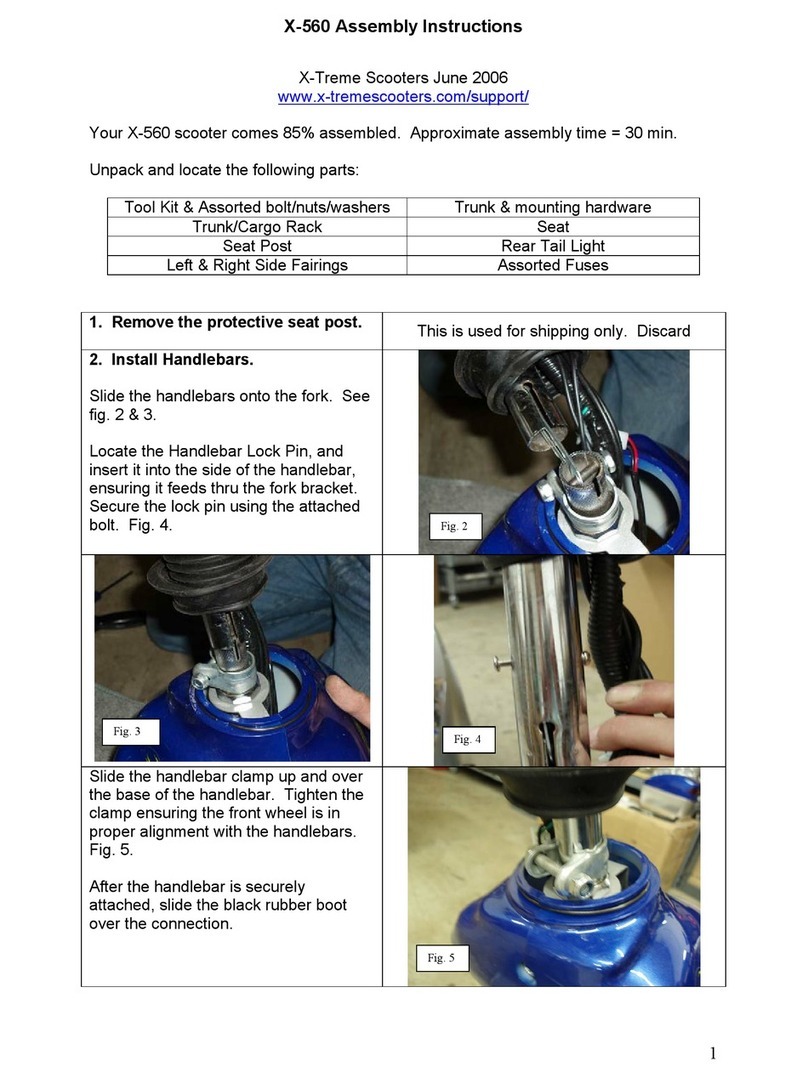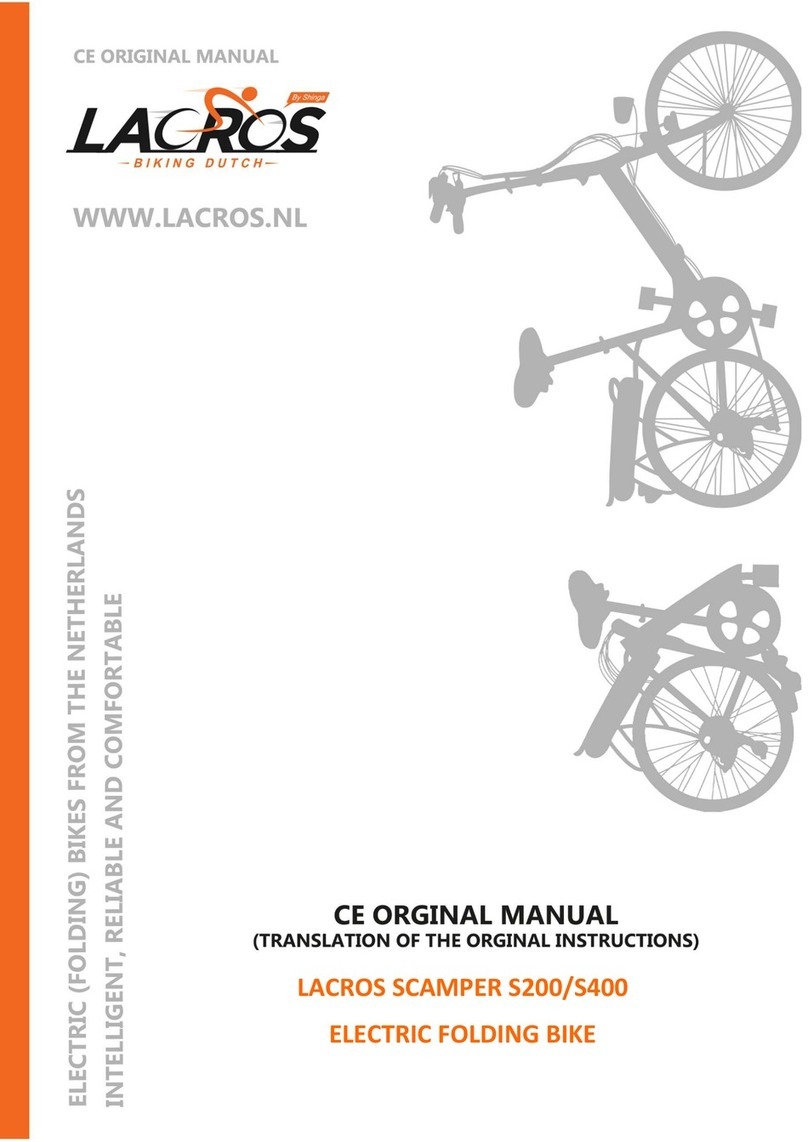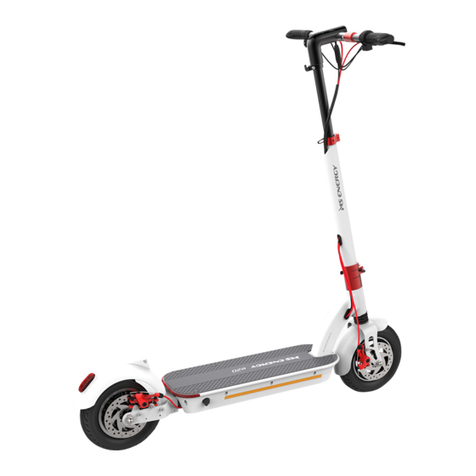
Information Summary and Preparation -1
1-4 Code of practice
1. Any clamp or cotter pin removed shall be replaced with a new one.
2. Any part to be replaced shall be manufactured by Genuine.
3. Make sure any assembled component is securely fastened and formally activated.
4. Any bolts or nuts with large external diameters rather than small ones shall be secured first and diagonally according
to rated torque values.
5. Any mechanic shall use appropriate tools for any disassembly and wear proper safety gear during maintenance.
6. Any maintenance operation performed by two mechanics shall be completed with each other’s safety in mind.
7. Any electrical parts slightly heated by the motorcycle’s operation are normal and should not be touched by hands directly.
8. Please keep any cable or wire harness properly secured but not excessively tight or loose, and without any sharp angles
or bolts / screws piercing a cable. Check all cables or wire harnesses for any unnecessary twists or kinks.
9. Do not put any tool on the motorcycle, particularly the battery which would cause a short circuit, during maintenance.
10. The battery in a motorcycle which has not been started for a long period should be tested to ensure its voltage is
acceptable and the battery should be charged at least once per month or placed on a maintenance charge.
11. Please follow the correct steps to connect and disconnect a lead acid battery without the short circuit or inflammation.
1-4-1 Directions for maintenance of the Engine Management System (EMS)
1) Directions for General Maintenance
Any check to the Electronic Management System shall be made with a multi-meter only.
1. To make sure of the Electronic Management System is properly running, please use parts supplied by Genuine
during maintenance.
2. Any operation to clean parts during maintenance shall be executed in a well-ventilated place.
3. Please follow the given instructions for all maintenance and diagnosis operations.
4. Do not disassemble or remove parts from the Electronic Management System during maintenance.
5. Please prevent any electronic element (electronic control unit, sensor, etc.) from falling to the ground during
maintenance; establish an environmental protection plan for any hazardous waste generated from maintenance.
2) Directions during maintenance
1. Do not arbitrarily remove any part or connector of the Electronic Management System from its initial location; avoid
any accidental damage or introduction of foreign material such as water and greasy dirt to any connectors as this can
negatively affect a properly running Electronic Management System.
2. In order to prevent any electrical device from damage, the battery power supply shall be disconnected prior to
removing or connecting electrical couplings or components.
3. During any operation which simulates the thermal state of a defective unit or increase in temperature, the
electronic control unit temperature should be less than 80 degrees Celsius.
4. All fuel hoses shall be high pressure-tolerant pipes because of the high fuel pressure in the Electronic
Management System (300kPa or so) which may be present even when the engine is stopped. Because of the high






















